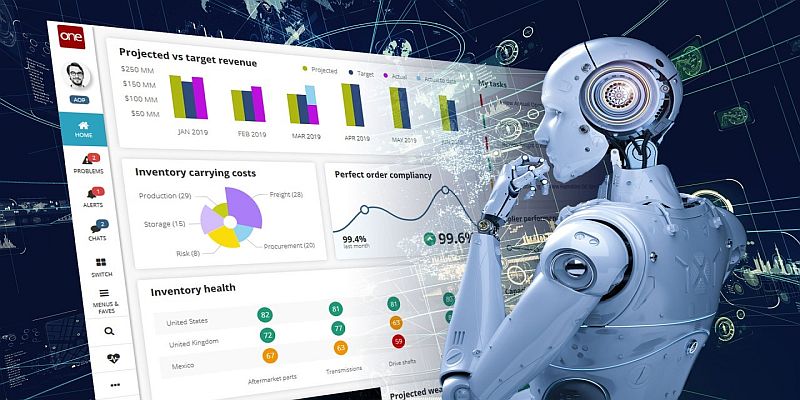AI and Machine Distribution – Don’t Fall for the Hype

The adoption of AI in the equipment and heavy machinery industries remains in its infancy. But it’s coming – and although currently shrouded in hype, the future benefits to business performance are real, according to abcg™ consultants Hans Iredahl and Mike Going.
The media is obsessed with artificial intelligence (AI) and how it’s going to take over the world, be a force for good and/or destroy the planet – and everything in between. The reality is likely to be less dystopian – but far more useful in practical terms. But it can’t – and shouldn’t do everything, so care is needed in its implementation. The basic principles on deploying and implementing digital solutions are also true for AI. Starting with technology and then trying to find a matching problem is a recipe that in most cases is destined for failure. You need to know your business pain points and opportunities and, accordingly, identify areas to address. You should start small, implement with a trusted partner and make sure your teams and employees are on the journey with you. After the first phase of the project you evaluate, regroup, and build further according to your priority setting. Old school, but effective.
Data quality is key
We have learned that in any data analysis/data warehouse initiative, the consistency, compatibility, and accuracy of your data are the most important factors. The phrase ’garbage in – garbage out’ is as valid for AI as any other project. Incomplete or inaccurate data sets can cause AI algorithms to miss essential patterns and correlations, leading to incomplete or biased results. In any AI project, the early focus needs to be on evaluating your data readiness. If needed, utilize data quality tools for cleansing and establish data governance practices, thereby sustaining good data quality over time.
Manage integrations
AI is not a stand-alone technology. It needs to be integrated and interoperable with existing platforms, solutions, and business process workflows to feed its data needs. The more diverse and fragmented environment you have, the more focus is needed to establish a robust and repetitive integration setup. Your legacy solutions need to be able to communicate seamlessly with AI components with well-defined APIs (application programming interface). Alternatives to direct APIs from your legacy platform are middleware solutions or a cloud integration platform. As its name suggests, middleware is software that sits between legacy systems and the AI-powered application. The middleware translates the data and commands between the two systems, making it possible for them to communicate with each other.
Where to start using AI
Although the long-term benefits of using AI may be large, it’s wise to take an iterative approach – starting small and focusing on areas where you can see substantial business improvements. Focus on areas where you can cut lead times by reduced time to execute repetitive tasks, or where AI can give insights into huge data sets.
As examples, some abcg™ clients are considering using AI to optimize inventory levels in branches and main warehouses. Here AI could produce accurate stock projections by finding patterns and swings in company inventory and sales data. Creating optimal pricing strategies for parts ranges is another possibility. Here AI would analyze market trends, competitor pricing, historical sales data, and customer behavior – and crunch the numbers to help create a pricing plan. Others consider the use of AI to improve the effectiveness of market campaigns and product launches. (e.g. helping to understand customer behavior, create customer-targeted launch messages and marketing material etc.). In service and aftermarket, AI technology connected to vast amounts of technical/service documentation can help customers and your back-office service center find answers to machine issues quicker and thereby reduce machine downtime.
To conclude, when it comes to embracing AI we reiterate our advice to initially go for projects that quickly enhance business processes. Becoming too ambitious at the start is a trap that many projects (AI and more traditional change projects) fall into – and suffer the consequences of. With a new technology like AI, the risk of failure becomes even higher if you are too ambitious to start with. Focus on automating repetitive, time-intensive, or error-prone tasks to allocate resources more effectively. Identifying these high-impact tasks can generate immediate gains and establish the foundation, momentum, and enthusiasm for further AI integration in a business.
Getting the best out of AI requires real intelligence – and those who start experimenting with a learning mindset will become the leaders of tomorrow. External assistance can help you and your teams identify the low-hanging fruit and uncover the benefits of AI, without falling for the hype.
By Hans Iredahl and Mike Going
abcg™ Consultants
